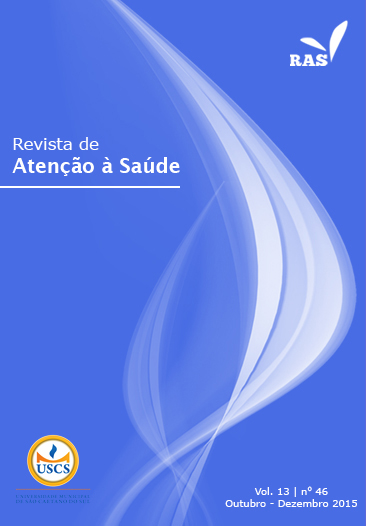RISK FACTORS RELATED TO URINARY TRACT INFECTION IN HEALTH CARE
DOI:
https://doi.org/10.13037/ras.vol13n46.3109Keywords:
Nursing, cross infection, intensive care units.Abstract
This research aimed to identify risk factors for the occurrence of urinary tract infection related to healthcare. It is an integrative literature review of articles published in Biblioteca Virtual em Saúde (BVS) fromApril to June 2012. The following descriptors were used: “sistema urinário”, “bexiga urinária” and “fatoresde risco” [“urinary tract”, “urinary blatter” and “risk factors”]. The main risk factors associated with urinarytract infection in health care are: prior pathological condition; hospitalization; indication of impropercatheterization; care of the catheter; the catheter dwell time; sex and age of patient. The catheterization isa major risk factor for the occurrence of the infection and generally the most remembered. However, thereare other factors that need to be taken into account by health professionals. By identifying these factors,professionals can take effective measures of prevention and control.Downloads
Downloads
Published
2015-10-06
Issue
Section
ARTIGOS ORIGINAIS
License
Policy Proposal for Journals offering Free Delayed Access
Authors who publish in this magazine agree to the following terms:
- Authors maintain the copyright and grant the journal the right to the first publication, with the work simultaneously licensed under a Creative Commons Attribution License after publication, allowing the sharing of the work with recognition of the authorship of the work and initial publication in this journal.
- Authors are authorized to assume additional contracts separately, for non-exclusive distribution of the version of the work published in this magazine (eg, publishing in institutional repository or as a book chapter), with the acknowledgment of the authorship and initial publication in this journal.
- Authors are allowed and encouraged to publish and distribute their work online (eg in institutional repositories or on their personal page) at any point before or during the editorial process, as this can generate productive changes, as well as increase impact and citation of the published work (See The Effect of Open Access).









